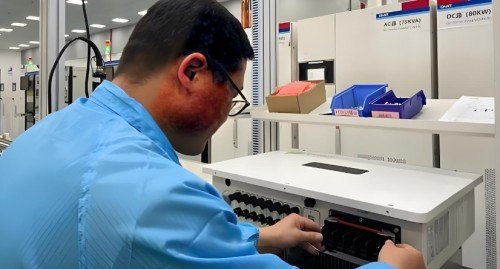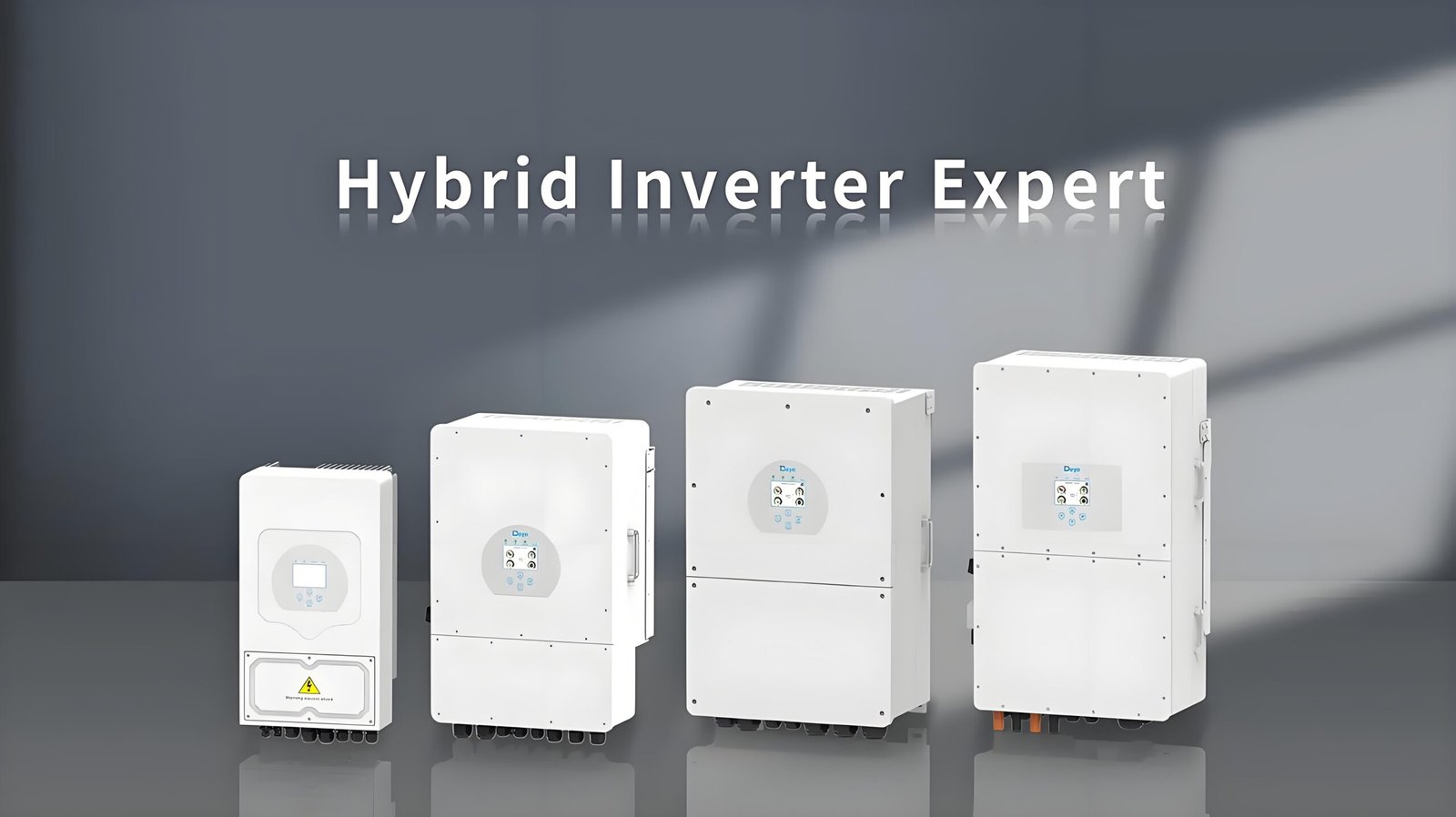Yes, the cost of an inverter generally increases as its capacity (measured in kW or kVA) increases. This happens because larger inverters require more advanced technology, greater efficiency, and additional components. Let's explore how various factors contribute to this price variation.
Larger Power Rating (kW or kVA)
As the power rating of an inverter increases, so does its cost. Higher-rated inverters are designed to handle more energy, which requires more advanced components and greater durability.

- Small Power Rating (1 - 3 kW): These inverters are designed for small-scale applications like residential homes. They are relatively affordable due to the lower power requirements.
Price Range: $500 - $1,500 - Medium Power Rating (3 - 6 kW): These are typically used for larger homes or small businesses. They offer a balance of affordability and performance.
Price Range: $1,500 - $2,500 - Large Power Rating (6 kW and above): These inverters are suited for larger homes, commercial buildings, or industrial applications. As the power rating increases, the price goes up significantly due to the complexity and size of the components.
Price Range: $2,500 - $4,000+
Increased Efficiency and Components
Inverters with higher capacities often have improved efficiency, which makes them more expensive. Additionally, they include more sophisticated components to handle larger loads and ensure optimal performance.

- Higher Efficiency: Larger inverters typically come with higher efficiency ratings, ensuring that more energy is converted from DC to AC power. This means less energy is wasted, which is beneficial for large-scale systems.
Price Range for High Efficiency Models: Additional $200 - $500 - Advanced Components: Inverters with greater power capacity require better quality components, such as cooling systems and power transistors, which can increase the cost.
Price Range for Advanced Components: Additional $300 - $700
Enhanced Safety Features
Larger inverters often come with enhanced safety features that protect both the inverter and the connected electrical system. These features add to the overall cost.

- [Overload Protection](What is overload protection in inverters?)1: High-capacity inverters include overload protection to prevent system failures during high-demand situations.
Price Range for Safety Features: $100 - $300 - Surge Protection2: Larger inverters are equipped with surge protection to protect sensitive electronics.
Price Range for Surge Protection: $50 - $200 - Short-Circuit Protection3: Inverters with greater power ratings often feature more robust short-circuit protection mechanisms.
Price Range for Short-Circuit Protection: $100 - $250
Installation and Configuration Complexity
As inverter capacity increases, so does the complexity of the installation and system configuration. This additional complexity translates into higher installation costs.

- Larger Systems: High-capacity inverters often require more extensive installation, including additional wiring, support structures, and safety mechanisms.
Installation Cost for Larger Systems: $1,000 - $3,000 - Additional Configuration: Larger inverters may require special configuration or integration with battery systems, which adds to the installation cost.
Configuration Cost: $500 - $1,500
Brand and Quality
The brand and quality of the inverter play a significant role in its price. Premium brands with established reputations tend to offer higher quality, longer warranties, and superior after-sales support.

- Premium Brands: Well-known brands such as Huawei, SMA, and Sungrow often charge a premium for their inverters due to their proven reliability and high-quality components.
Price Range for Premium Brands: $1,500 - $4,000+ - Mid-Tier Brands: Lesser-known brands may offer similar functionality at a lower price point, but they may not provide the same level of support or longevity.
Price Range for Mid-Tier Brands: $1,000 - $2,500
Efficiency at Larger Scales
Larger inverters are typically more efficient at handling larger systems, which justifies their higher cost. These inverters are optimized for scale and can provide better energy conversion over time.

- High-Performance Models: Inverters designed for larger applications are often more efficient due to their ability to manage higher energy flows. This results in lower energy losses and better overall performance.
Price Range for High-Performance Models: $2,000 - $5,000+ - Scalability: Inverters that are scalable, meaning they can be expanded to accommodate future system growth, often come at a premium.
Price Range for Scalable Models: $3,000 - $7,000
Conclusion
Inverters with larger power ratings typically come with higher costs due to a combination of more advanced technology, additional components, increased safety features, and higher installation complexity. While the upfront cost may be higher, the long-term efficiency and scalability of these inverters can justify the investment, especially for large-scale residential, commercial, or industrial applications.
Footnote:
-
This link explains Overload Protection, how it prevents failures during high demand, and why it's essential for large inverters. ↩
-
This link highlights the importance of Surge Protection in protecting sensitive electronics and preventing damage. ↩
-
This link explains the role of Short-Circuit Protection in preventing damage to the inverter and connected systems during faults. ↩




